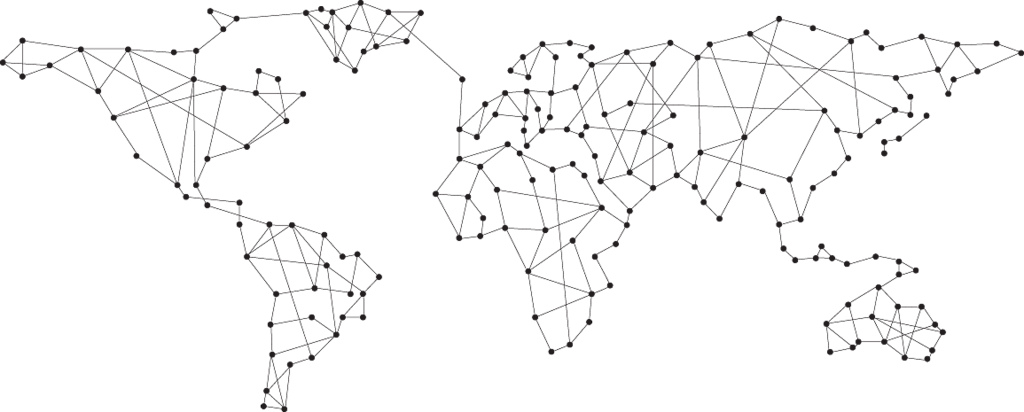Words Without Borders: Literature from Around the World
By Zhaoyang Liu

Words Without Borders is an organization that publishes modern international literature from a variety of different peoples and regions. Their mission statement, which can be read here, begins with the following:
Words Without Borders releases a new issue every month, each with its own unique theme, oftentimes representing a particular region or country of the world. Below are some examples:
The August 2018 issue is titled Crucible of Languages and Cultures: Writing from Macau, also featuring short stories from Panama and a book review.
The October 2015 issue is titled Writing from the Edge: Estonian Literature, containing additional works by three Italian poets and the second part in a fiction serial called “Lessons for a Boy Who Arrived Late.”
The November 2011 issue is titled Writing from the Caribbean, including works from three Israeli authors and Swedish poet Tomas Tranströmer.
Reflection Questions:
1. What can people learn from exploring the literature of various cultures and regions from around the world? Why might it be important for an individual to understand the experiences of those that they are unfamiliar with?
2. How can personal stories, whether fiction or nonfiction, help people understand particular experiences that they themselves have never undergone? What can we learn about an author’s identity and background from the contents of their work?
3. After exploring some of the publications on the Words Without Borders website, do you notice any similarities and differences between the literature of separate countries, regions or peoples? Create a venn diagram comparing and contrasting the contents of two or more distinct magazine issues.








